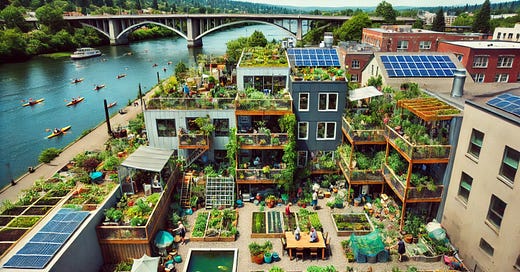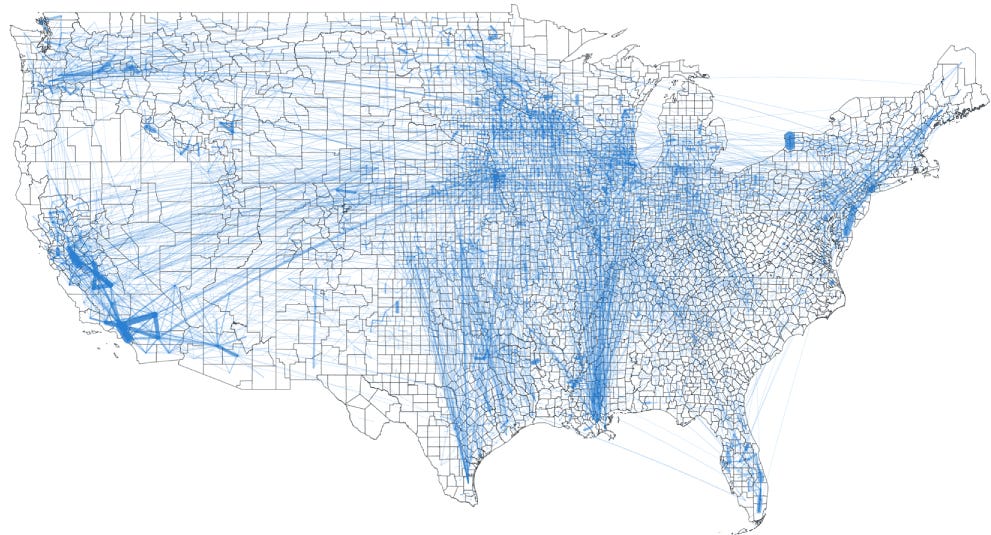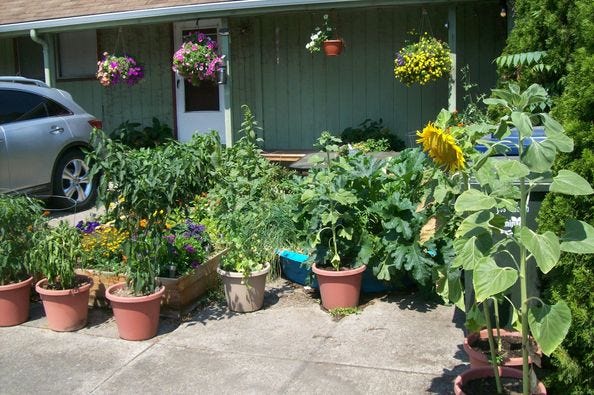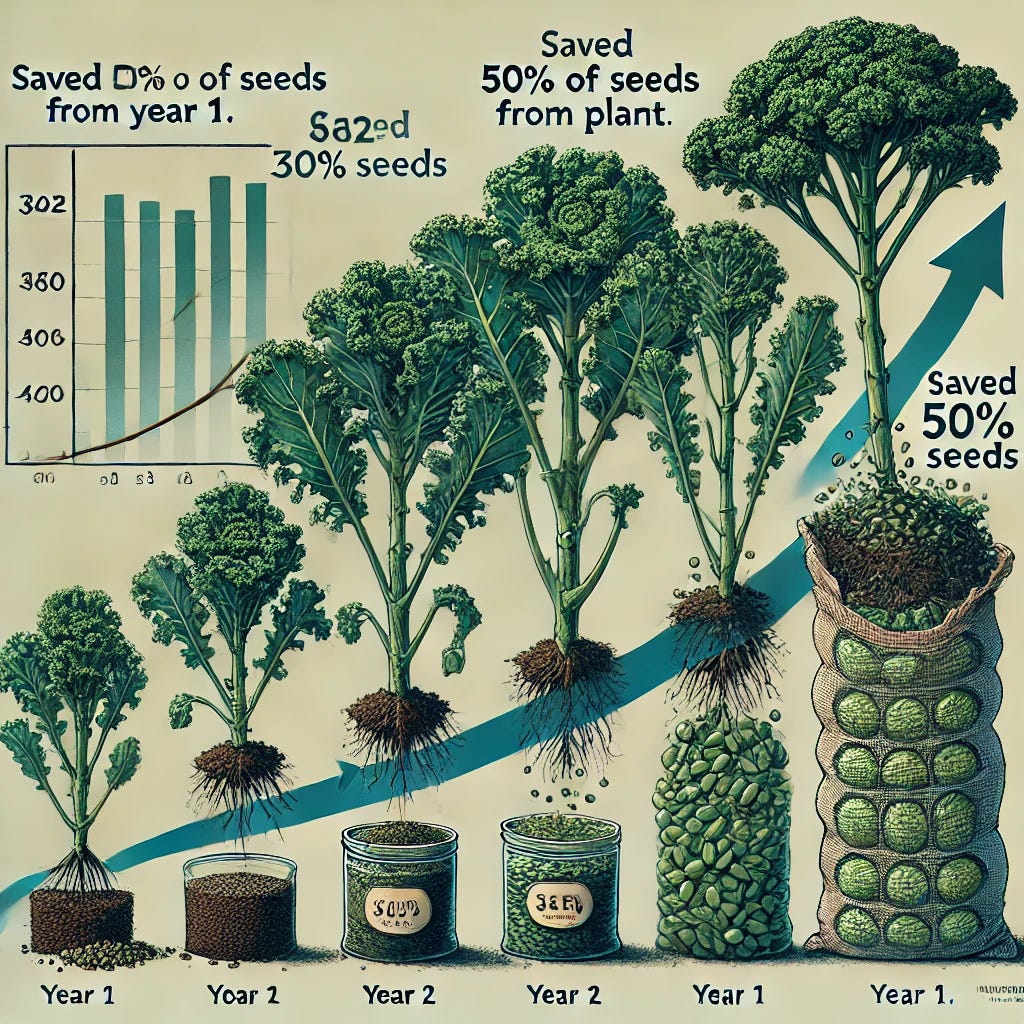There is nothing new in what this article covers, however the reality of climate-change effects on our food systems, cannot be ignored; yet there are solutions or at least adaptions we can make.
Growing food in population hubs (Cities, Towns & Villages)
What we write about here is based on experiences of what we ourselves have done and/or rigorous research we and our allies have carried out. Here in the USA, the USDA (US Department of Agriculture) states that fresh food travels up to 1,500 miles from growing to eating; we need to reduce this drastically and we can. This article, from 2019 shows the tangled mess of our food delivery and shipping systems. To put this into some perspective, current IRS mileage rates in 2024 are 65.5 cents per mile and 1,500 x 65.5 = $982.50. This has to be paid for, somehow.
This is a map of the US food distribution system as of 2019.
We have a wonderful, literally world-famous example, of growing locally in Incredible Edible Todmorden: from the UK.
Here a group of Todmorden residents got together in 2010 and decided to begin planting edible seeds on public lands. This became so popular that once City Officials found out what was happening, they allowed it to continue and flourish. This is a really inspiring Ted presentation from a co-founder of Incredible Edible Todmorden; Pam Warhurst.
We Do Not Need Lots Of Land To Grow Food
The imagined city in the image at the start of this article above is actually based on a real city, Eugene OR USA. We mentioned Eugene in a previous article we created. Food can be grown, handily in pots as is shown here and seeds can be saved from growing food like this, whilst we can still eat the food as well.
We were so inspired by Incredible Edible Todmorden that we created Incredible Edible Eugene, here in Oregon, USA and you can find more details on that here.
Seeds Are An Exponential Resource
This is something we refer to often as we experience this in all of our work with seeds. Here is a literal example from this year.
We collected seeds from 9 Kale plants grown in a Landrace garden. “By saving seeds in Landrace gardening from plants that thrive in specific local conditions, you can develop varieties that are better suited to your area's unique environmental challenges. This continuous selection process results in crops that can better withstand extreme weather, droughts, and other climate-related stressors.”
These 9 Kale plants yielded 3,242 seeds, so an average of 360 seeds per plant.
Lets say next year we plant 50% of the total saved seeds so 1,621 seeds.
Lets also assume that just 25% of these grow to fully-fledged plants so 405 plants in total, (this is a ridiculously low germination rate).
Using the initial per plant seed yield of 360 seeds per plant in year one, this gives us a yield of 145,800 seeds in year two and we still have 50% of the seeds we saved in year one.
This is a fun little graphic and here is one more perspective which is our seed collection 3 years ago, since then it has at least doubled in size, despite the fact that we have been running a permanent seed-exchange, in Eugene and also supporting Eugene Public Library’s Seed Library.
Conclusion
By working together we can re-localize our food systems and we are here to help in this regard. Our far-flung, often monocultured and chemically induced (even Organic Standards allow some chemical products to be used) is incredibly brittle and based on predictable climate stability which is no longer the norm.









